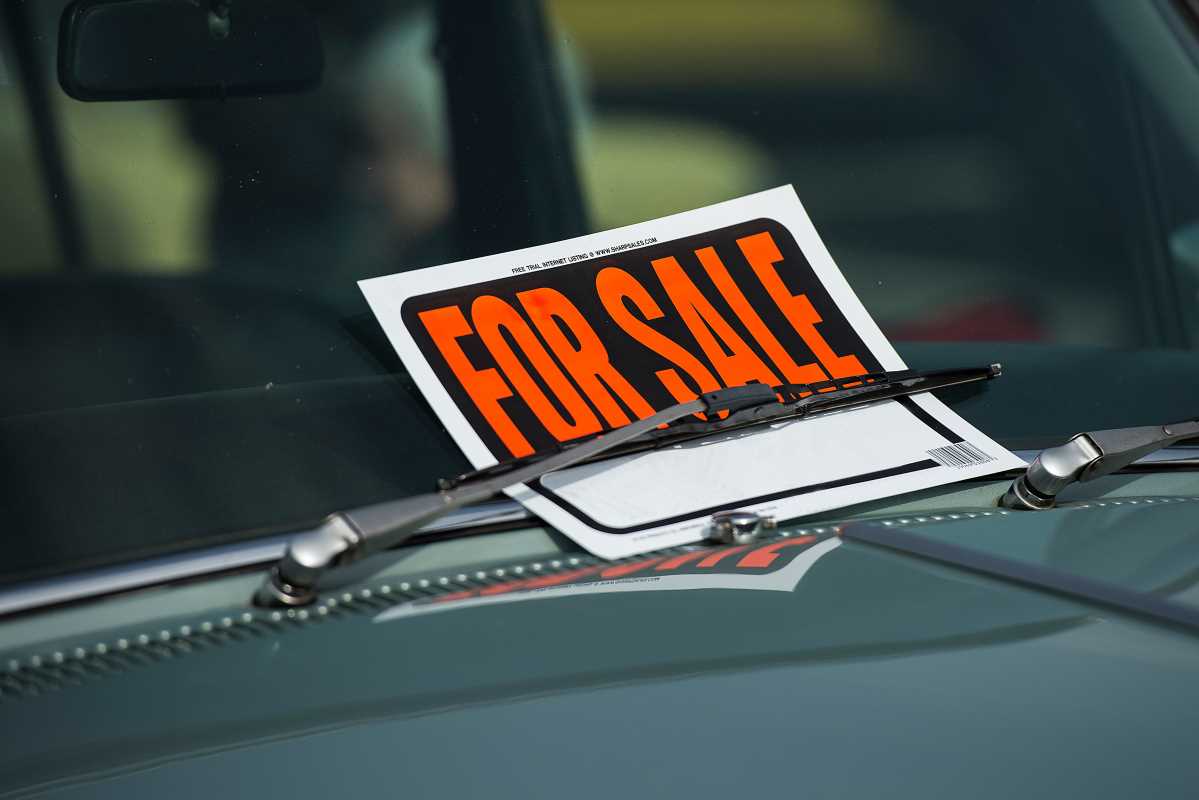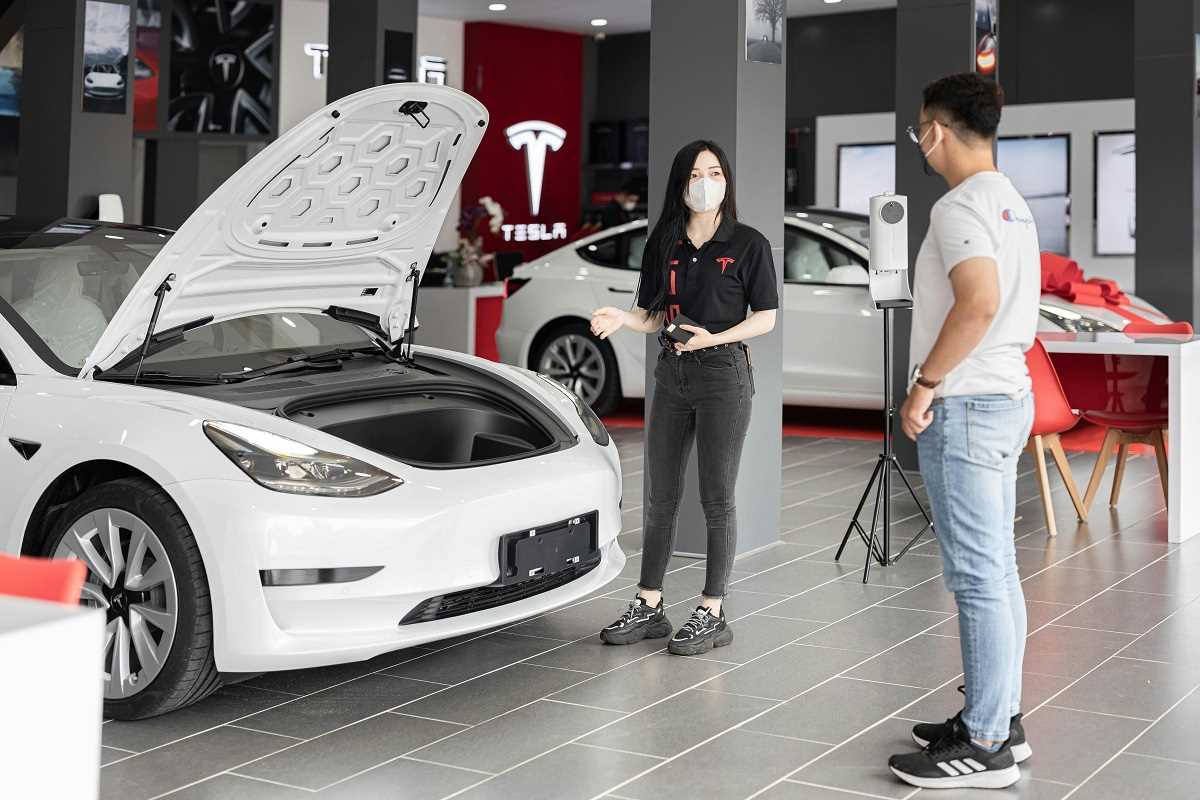Buying a used car can be a smart move for your budget, but the process isn’t always straightforward. Unfortunately, scams are common in the used car market. Knowing what to watch for can save you from costly mistakes, frustration, or buying a car that’s not as advertised. From fake seller tactics to hidden damage, this guide breaks down common scams and shows you how to avoid them, so you can shop with confidence.
What Are the Most Common Scams in the Used Car Market?
Here are some of the top scams to be aware of when purchasing a used car:
1. Odometer Fraud
- What It Is: Odometer fraud occurs when a seller rolls back the mileage on the car to make it seem less used. Lower mileage commands a higher price, but the car might have significantly more wear and tear than advertised.
- How to Avoid It:
- Check the car’s mileage history using a VIN report through services like Carfax or AutoCheck.
- On the odometer, look for signs of tampering, such as misaligned numbers or scratches on the display.
- Compare mileage records from maintenance or inspection stickers on the car with the odometer reading.
2. Title Washing
- What It Is: Title washing happens when a car with a "salvage" or "flood" title is re-registered in a different state to hide its history. By tampering with the vehicle’s title, scammers make damaged cars look clean.
- How to Avoid It:
- Use a vehicle history report to verify the title's history across states.
- Look out for inconsistencies in title branding or gaps in ownership records.
- Avoid cars with unusually low prices—these deals often indicate hidden problems.
3. Curbstoning
- What It Is: A curbstoner is an unlicensed dealer posing as a private seller. They’ll typically try to unload problematic vehicles without proper documentation.
- How to Avoid It:
- Ask to see the title and verify that the seller’s name matches the name on the title.
- Be cautious of sellers unwilling to meet at a residential address or who insist on cash-only payments.
- Check the VIN to confirm ownership and history.
4. Hidden Flood Damage
- What It Is: Flood-damaged cars, often from regions hit by natural disasters, are cleaned up and sold without disclosure of the extent of the damage. Water damage can lead to long-term mechanical and electrical issues.
- How to Avoid It:
- Inspect the car for musty odors, water stains, or rust in unusual areas (e.g., carpet edges, seat tracks, under the dashboard).
- Check for new carpet or upholstery that doesn’t match the rest of the interior.
- Get a professional mechanic to inspect the vehicle thoroughly.
5. Fake Escrow Services
- What It Is: This online scam typically involves sellers requesting buyers to use a fake escrow service for the payment. Once the payment is sent, the seller vanishes, and the car never arrives.
- How to Avoid It:
- Use only trusted and verified escrow services. Research them independently; don’t rely on links provided by the seller.
- Avoid transactions where the seller pressures you to use a specific service.
- Stick to in-person purchases whenever possible.
6. Bait-and-Switch Pricing
- What It Is: Sellers advertise an excellent price to attract buyers, then claim the vehicle is no longer available and try to upsell you to a more expensive one.
- How to Avoid It:
- Be cautious of listings with prices far below market value.
- Ask for confirmation that the car is still available before visiting the seller.
- Research and set a realistic budget beforehand to avoid pressure sales tactics.
7. Fake Documentation
- What It Is: Scammers may provide counterfeit car titles, inspection certificates, or service records to mislead you about the car’s condition or ownership.
- How to Avoid It:
- Verify the title and VIN through a state DMV office.
- Compare the documentation details (VIN, mileage) with the car itself.
- Avoid vehicles without clean and complete paperwork.
8. Online Payment Scams
- What It Is: The scammer asks for an upfront payment via wire transfer or online methods like PayPal and disappears after receiving the funds.
- How to Avoid It:
- Never pay before seeing the car in person.
- Avoid sellers who push for quick transactions or prefer untraceable payment methods.
- Use cash or secure payment methods for private party sales.
How Can I Spot a Scam When Inspecting a Used Car?
1. Look for Signs of Damage
- Perform a visual inspection for mismatched paint, body panels that don’t align, or uneven tire wear. These can indicate past accidents or poor repairs.
2. Check for Mechanical Issues
- Listen for unusual noises during the test drive, such as engine knocking or squealing brakes. These can signal costly future repairs.
3. Inspect the Interior
- Examine seat belts, floor mats, and the dashboard for wear and tear. This can provide clues if the seller claims the car has low mileage.
4. Test All Electronics
- Test the air conditioning, windows, locks, and infotainment system to ensure there are no electrical issues.
5. Get a Professional Inspection
- Hire a trusted mechanic to perform a thorough pre-purchase inspection. This step can often uncover hidden problems or scams.
Why Is a Vehicle History Report Important?
A vehicle history report provides invaluable information about the car, such as:
- Accident History: Details of any reported accidents or damage.
- Ownership History: The number of previous owners and the length of ownership.
- Title Status: Whether the car has a clean, salvage, or rebuilt title.
- Service Records: Maintenance and repair history if available.
Services like Carfax, AutoCheck, or VINCheck are reliable tools for accessing this information and identifying scams.
Pro Tip: Ensure the VIN on the report matches the one on the car itself (check the dashboard, doorframe, or under the hood).
What Should I Watch Out for When Meeting a Seller?
- Red Flags:
- Sellers unwilling to answer questions about the car’s history or condition.
- Reluctance to meet in person or allow you to test drive the vehicle.
- Pushy behavior or urgency to complete the sale quickly.
- Safe Practices:
- Always meet in a well-lit, public place like a police station parking lot.
- Bring a friend or family member along for added safety.
How Can I Negotiate with Confidence?
- Do Your Homework: Research market prices for the make, model, and year of the car you’re interested in.
- Point Out Issues: Use any findings from inspections or history reports to justify offers below the asking price.
- Set a Budget: Decide your maximum price and be prepared to walk away if the seller won’t negotiate.
Final Tips for Avoiding Scams
- Trust Your Gut: If something feels off, walk away. A legitimate seller won’t mind answering questions or providing information.
- Use Trusted Resources: Stick to reputable dealerships or platforms like Autotrader or Carfax when possible.
- Stay Patient: Scammers target buyers who rush into purchases. Take your time to research and verify everything.
Buying a used car can be a rewarding experience when done carefully. Keep these tips and red flags in mind, and you’ll be ready to spot and avoid scams while securing a great deal.







